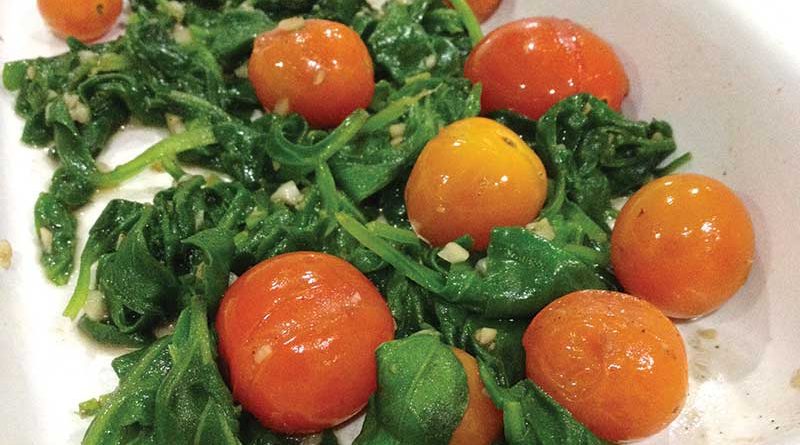Science on a Plate
By Justinne Lou Go, RND
IN A previous article, sometime in July, I have talked about the Registered Nutritionist-Dietitian (RND) being a “food doctor” and the various areas or fields that Nutritionist-Dietitians are involved in—the most common being the clinical field, where dietitians run the Dietary Department or Food and Nutrition Services Department, and are responsible for the meals served to the patients as well as clinical responsibilities (e.g. assessment, diet counseling, etc.). I have also mentioned that many people have a misconception of the course or profession, thinking that Nutritionist-Dietitians are only “good in cooking” or only count calories. However, those are but the tip-most tip of the iceberg on the scope of a Nutritionist-Dietitian’s capabilities and responsibilities.
The bachelor’s degree of Nutrition and Dietetics is basically about the science of food, how food is being processed in the body, and the translation of these theories as therapeutic nutrition interventions in the form of a diet plan. The latter is particularly significant as this is the ultimate output of meal planning, which is one of the — if not the most — important skill a Dietitian can and should have. This (diet plan) is the practical application of the scientific facts and theories that a dietitian educates his/her patient on; this is why I believe that all Nutritionist-Dietitians must at least have a culinary background to be able to create relevant, appealing and effective diet plans. For one, creating meal plans takes wit and creativity; second, we must always remember the fact that we are dealing with real people — humans — and there is usually an emotional factor when one eats. To encourage a person whose appetite is absent to eat, the dietitian must be able to plan and prepare food that is appetizing and most importantly, nutritious. So you see, there’s more to a dietitian than just counting calories or cooking. A dietitian is one who translates science into food when he/she creates a diet plan for a patient or client, which is often the case in the clinical setting.

Dietitians in the hospital usually just give a one-day sample menu to guide patients on what they can eat based on their medical conditions. In private practice, however, Dietitians create either a three-day sample menu or a one-week sample menu. The meal plan is often accompanied by a copy of the Food Exchange List — a list of foods which the patient can refer to to substitute items in the menu for variety.
Whether in the hospital or in private practice, each meal plan is painstakingly formulated based on an individual’s needs; the only difference is that dietitians in private practice get to know their patients better so personal preferences may be incorporated in the meal plan for a more personal and individualized touch. So, each meal that is served to a patient in the hospital is practically science on a plate.

Each meal plan is not just any ordinary or random menu; there is science behind each detail. That is why, dietitians get heartbroken each time we visit a patient’s room and see take-out food on the patient’s bed while the significant other is eating the patient’s food.




